Protein powder is just one addition to your diet that can make a world of difference. Whether you’re on a fitness journey or not, protein powder can provide an abundance of benefits that will have your body saying thank you.
So, for those who are interested, this is a comprehensive protein powder guide for beginners that will help you explore what it is, how to use it, and which one you might be interested in to start with. There are several uses and variations so it can be confusing to figure out which is the best option when starting.
The market is incredibly saturated with different styles, types, and brands, but if you want a clear, concise overview of some of the best choices that you can start with, read more for a complete protein powder guide.
What Is Protein Powder?
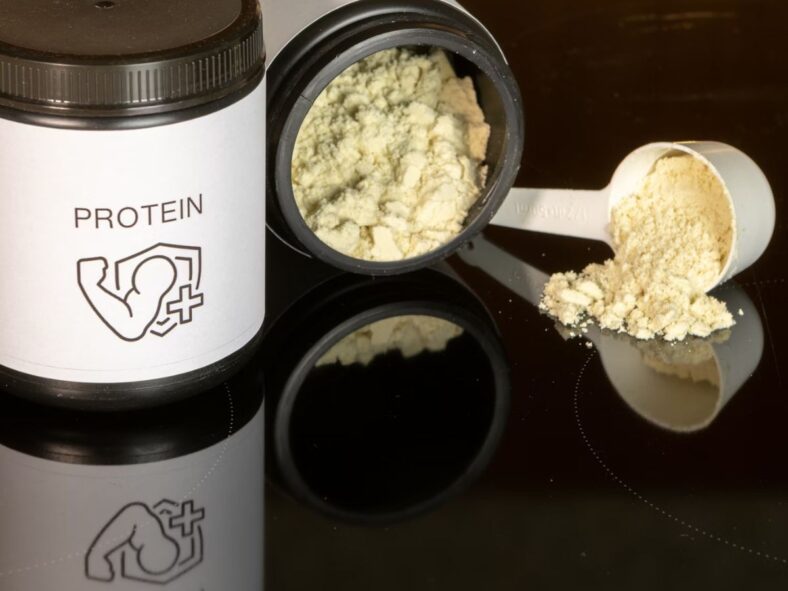
As the name suggests, protein powder is pretty much protein in a powdered form. It’s derived from milk, eggs, plants, nuts, or animals.
It’s a great way to get the nutrients that you need to rebuild cells and is essential for helping kids grow, pregnant people, people recovering from injuries or illnesses, or those with intense workout regimes.
Different Protein Powders
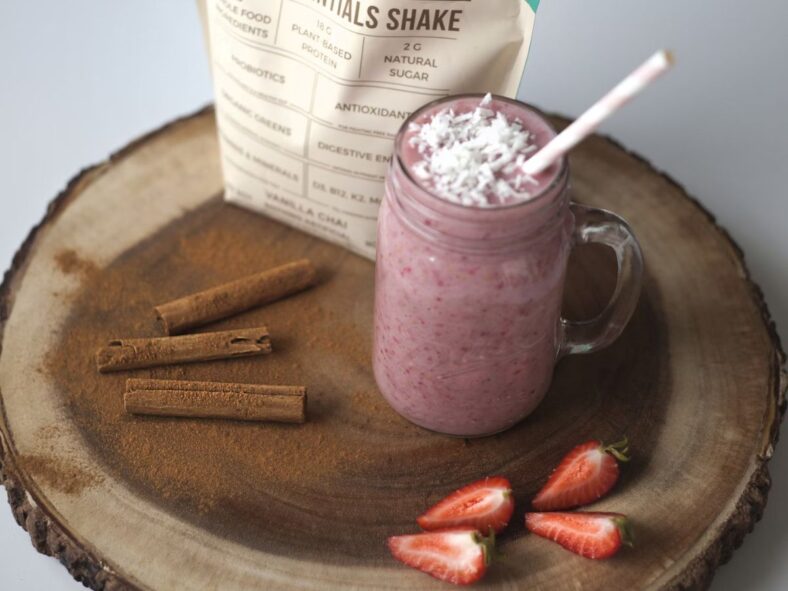
As mentioned, there are several different forms from which protein can be derived, which in turn creates different forms of protein powder. For those looking for a specific form of protein, then read below to learn about the different types and what they consist of.
- Hemp protein comes from hemp seeds and contains a mix of essential amino acids.
- Whey protein is derived from milk during cheese-making.
- Soy is from soybeans and is a complete protein, making it a great choice.
- Casein is also derived from milk, however, it’s a slow-digesting protein that sustains amino acid release into the bloodstream.
- Egg protein is made from the white of eggs and is a concentrated source of high-quality protein.
- Pea protein is a popular plant-based protein sourced from yellow pea splits.
- Brown Rice protein is made from brown rice and when combined with plant-based sources, it’s a great protein.
Reasons to Use Protein Powders
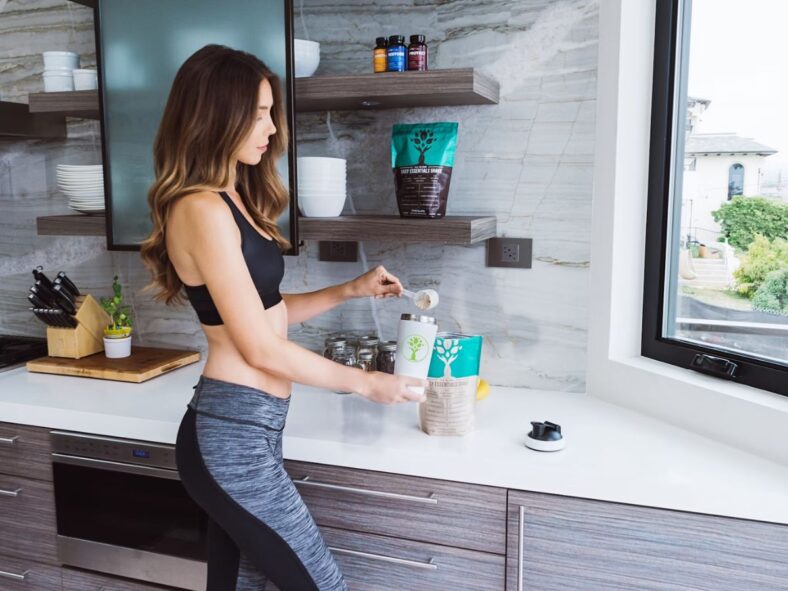
One of the main reasons an individual will turn to protein powder is to help burn fat and build muscle through a dietary and exercise regimen that includes a regular workout and protein powder.
Another reason an individual will turn to protein powder is to supplement their diet if they are vegan, recovering from an injury, or have some other reason to assume that they are not getting enough protein through their normal diet.
Protein is important in the individual’s diet because it helps to break down into important amino acids in the body, helps with muscle growth and repair and helps to preserve lean muscle when the individual is losing fat.
Check Out: Best Healthy Carbs to Fuel Your Body Without the Crash
Supplementing Protein
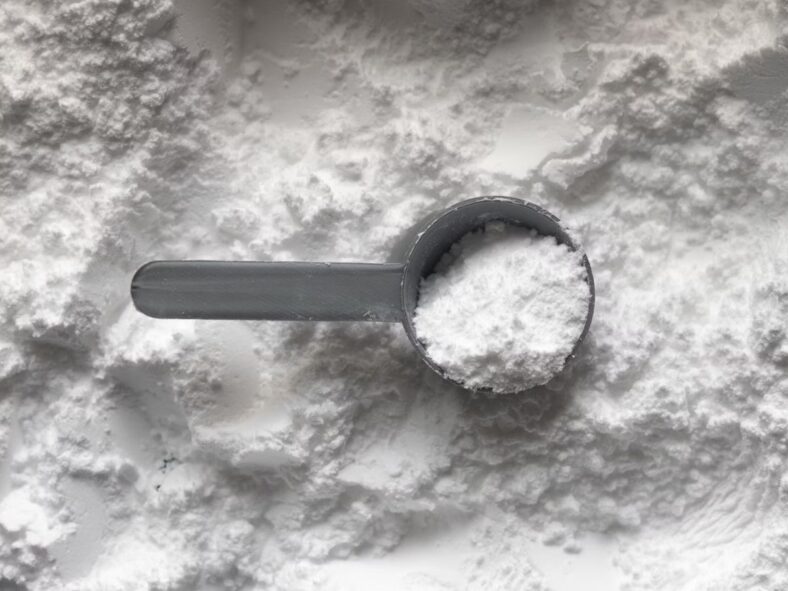
While it is possible to consume a good amount of protein simply from the foods one eats every day, many individuals recognize the fact that they don’t do this in sufficient quantities on a regular basis, and this is where protein powder can come in so handy.
Those individuals who exercise and work regularly will find that they need even more protein than an individual who is leading a more relaxed and sedentary lifestyle, and therefore they can benefit even more from having protein powder as part of their diet.
Despite what some people may have heard, true protein powders cannot make an individual fat. There are other nutritional powders designed to help an individual gain weight and add bulk, but these are not by definition real protein powders.
Also Read: Eat These Foods Year-Round for a Stronger Immune System
Weight Gain Powders
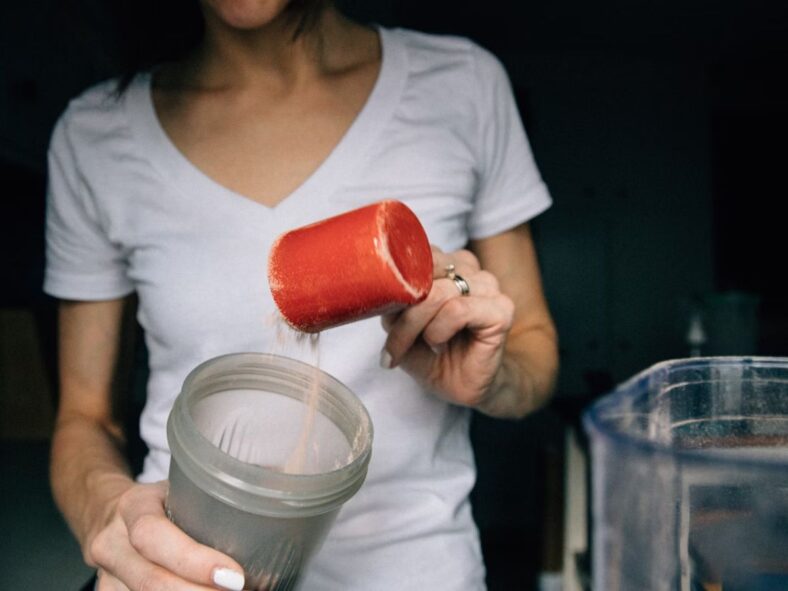
Powders that are designed to help an individual gain weight and add bulk are normally high in fat and carbohydrates, while the best protein powders normally only contain a very small number of sweeteners and flavorings to make them more palatable.
Some of the best options for those who want to try out these powders include:
- Clean Gainer: With 560 calories, 4.5g total fat, 350mg sodium, 97g carbohydrates, and 30g of protein
- Mass Gainer: Has no artificial sweeteners, coloring, or artificial preservatives, is gluten-free and non-GMO. Has 730 calories with 51g of protein, 3g of creatine, 14gof total fat, 590mg of sodium, 110g of carbohydrates, and 6g of fiber.
Read Next: Top Nutrients to Eat For Healthy Skin
How to Use Protein Powder?
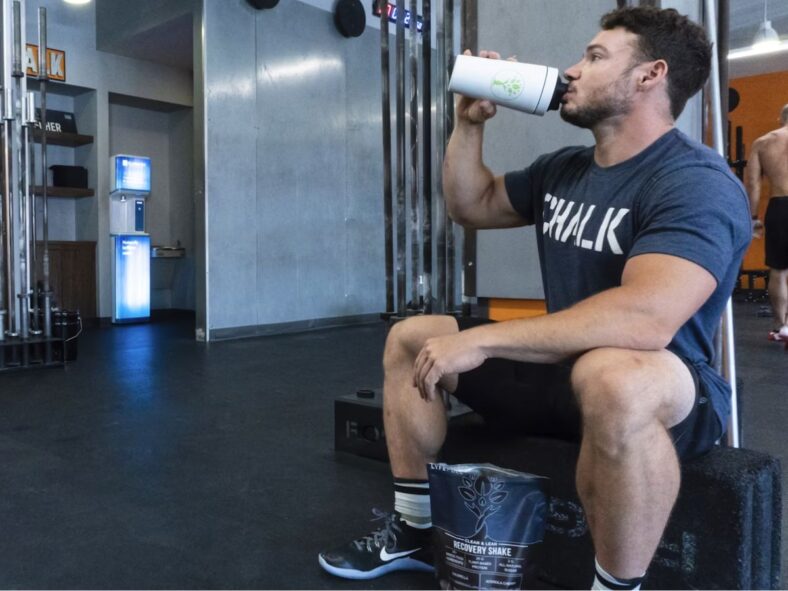
Now that we talked about the different types and why it’s important to use protein, let’s talk about how to use powder. It’s most commonly used after a workout in order to help recover from exercise and build muscle, however, it can be used as a meal replacement or snack if you’re trying to lose weight or simply want to increase your protein intake.
You can mix the powder with water, milk, or any other liquid you might want, and then drink it like a shake. It’s also a great way to combine it with other foods, like baking muffins or pancakes, for a heartier, healthier meal. You can add it to your oatmeal as well for a quick snack.
Another great way to get a wonderful treat is by adding it with other fruits and ice for a smoothie. One of my personal favorites is a protein powder with some milk, peanut butter, and bananas. It’s an amazing after-workout treat that gets me motivated and full for the rest of the day.
Other Protein Powder Recipes
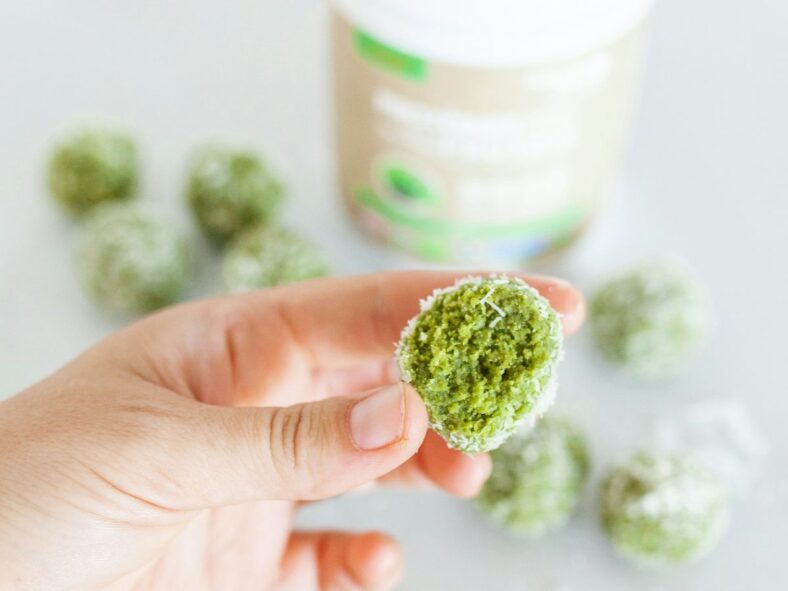
Having the powder won’t do much if you’re not sure what to use it with. While making shakes is a great option, let’s break down more for the protein powder guide for beginners by including some popular protein powder recipes.
- For those that want a better drink than just mixing it with water, check out this Peanut Butter Shake for 40 grams of protein and Mixed Berry Shake for 28 grams of protein. These are the best sweet alternatives to up your protein powder game that will have you going to the gym just for the sweet reward.
- Protein balls are one of the most common recipes you can find. From fall favorites with Pumpkin Protein Balls to Cacao Protein Balls both are non-bake and gluten-free. They reach between 70 and 100 grams of protein and offer an amazing treat from breakfast to dessert.
- For a vegan option, check out these Vegan Protein Waffles and Vegan Protein Pancakes that are both nutritious and delicious! They don’t pack much of a punch protein-wise with only 10 grams but are still a great alternative to the sweet, not-as-healthy option.
Finding the Best Protein Powder for You?
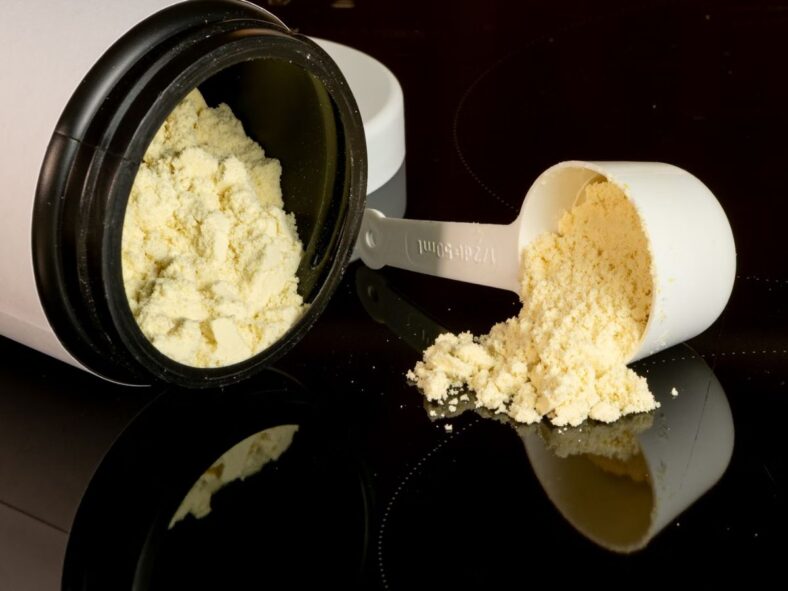
That said, whenever an individual is seeking to find the best protein powder for their individual needs, especially if they intend to take it regularly, it is important to find one that has the least amount of ingredients and does not contain added caffeine, sweeteners, vitamins, and fillers.
Some key factors play in when thinking about the best protein powder for you, like what type of protein powder you’re looking for, the flavor, the amount of protein and the other ingredients inside. We already talked about the type and how it can play a huge role depending on the individual’s dietary needs, but flavor and protein amount also a key role.
A lot of powders can be grainy or chalky, and having a flavor that you don’t like makes it even worse. While combining it with meals or blended drinks helps the texture, some can still be overwhelming. Making sure that you enjoy the flavor is key. And finding a product that has a lot more protein is also crucial, as there’s no point in drinking something if there’s almost no benefit to it.
Protein Powder for Beginners
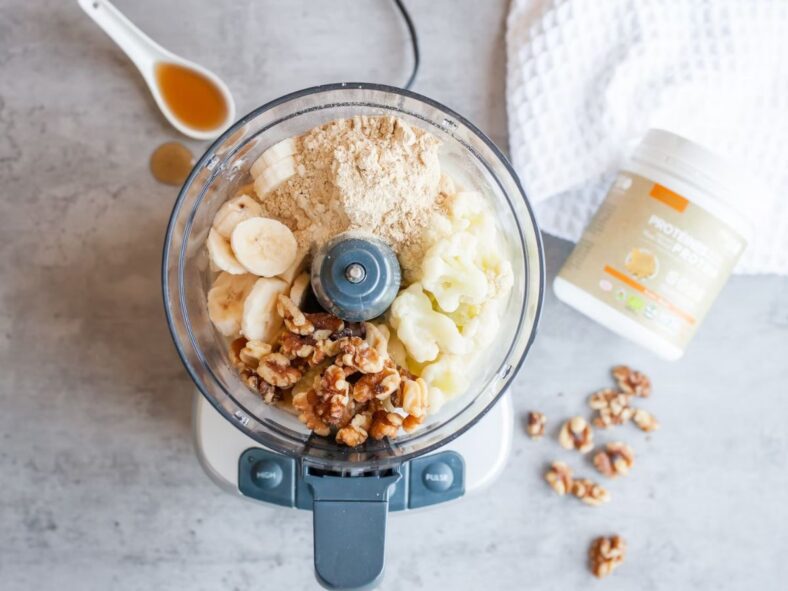
The market is saturated with several brands and products that want to get your attention. You might know one or two products just by going to the store a lot and seeing them, but that doesn’t necessarily mean that they’re good.
So, for those who want some extra help finding the right protein powder to fit their needs, check out this quick list of the best protein powders for beginners.
- Future Kind Vegan Protein: The best plant-based protein for a clean, organic addition to your diet. Comes in chocolate and vanilla and is sugar-free, soy-free, and non-dairy.
- Whey Protein Isolate, 100% Grass Fed: No artificial sweeteners, preservatives, or coloring, gluten-free and non-GMO. Is sourced from 100% grass-fed dairy cattle. Ranges in a variety of flavors such as milk chocolate, vanilla, peanut butter, chocolate peanut butter, mocha, strawberry, and French toast.
- Naked Whey: All-natural grass-fed that is gluten-free, soy-free, and non-GMO. Features chocolate, strawberry, unflavored and vanilla.
Related: Low-Calorie Alcoholic Drinks That Won’t Derail Your Health Goals
How Much Protein Should You Use?
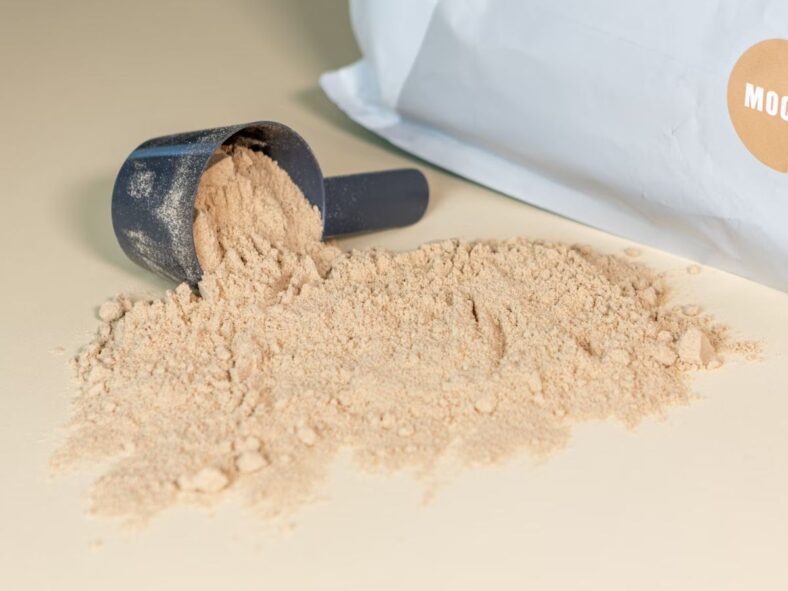
According to the Recommended Dietary Allowance (RDA), the suggested amount of protein is approximately .8g to 1.8g per kilogram of body weight.
To calculate this, you’ll want to divide your weight in pounds by 2.2 to find out your kg weight or use handy tools on the internet. Then multiply that number by .8 or 1.8 to find the number of grams.
Here’s an example if you’re more of a visual learner!
180 / 2.2 = 82kg. 82ks x 1.2 = 98 grams of protein per day.
Protein powders usually offer around 20 to 50 grams of protein in one serving depending on the product, which gives you an amazing source for those that are lacking. However, research has stated that Americans usually reach, or exceed, their protein suggested amount.
Having a variety of sources, like plant sources, is a great addition even for those that have a lot of protein already.
Read More: Easy Ways to Add More Protein to Your Meals Without Meat
Conclusion
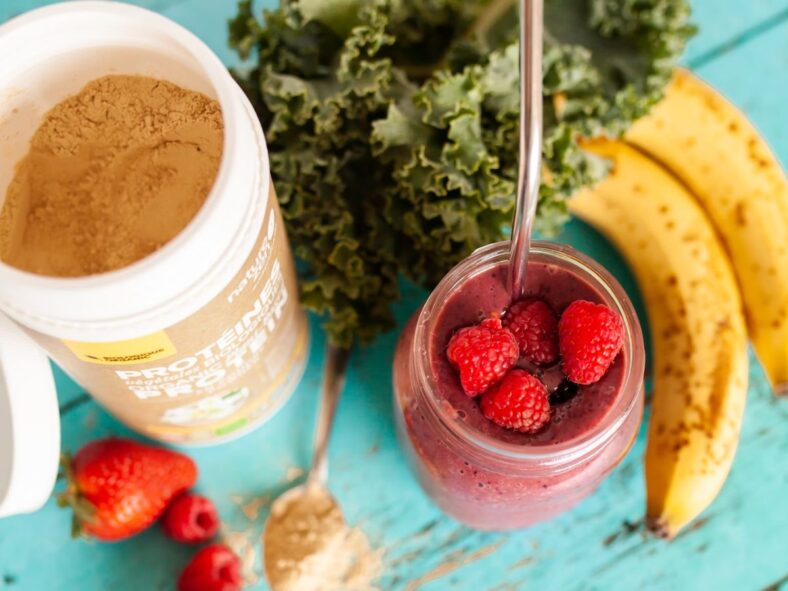
Protein is a great addition to your diet, whether you’re trying to live a healthier lifestyle, gain weight, or lose weight. While it benefits your body by giving it nutrients it otherwise might be lacking, it can also provide you with a source of sustainable energy to get you through the day.
For those who are too busy to make meals and run on energy drinks, coffee, chips, or fast food, you might want to try protein or even protein muffins. They’re super quick to make and one of the best options when looking for a quick meal that will provide numerous benefits.
It can be hard to find the best one, but this protein powder guide for beginners will surely help you figure out, or at least narrow down, what to look for and what you might be interested in over others.
